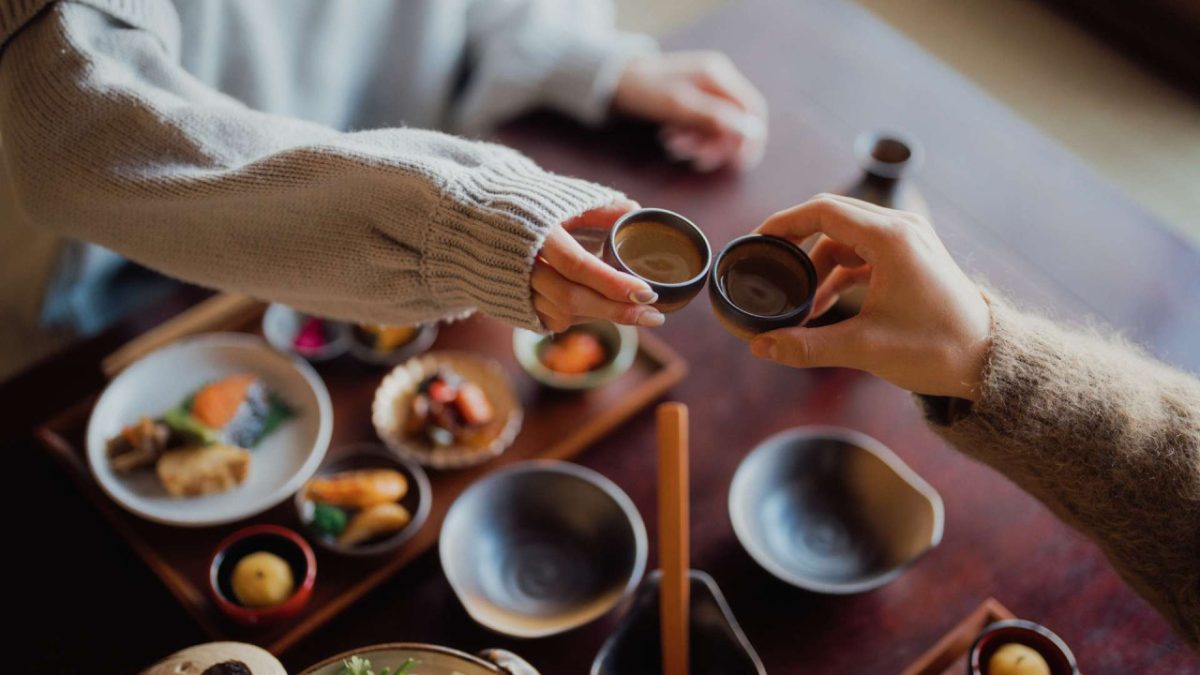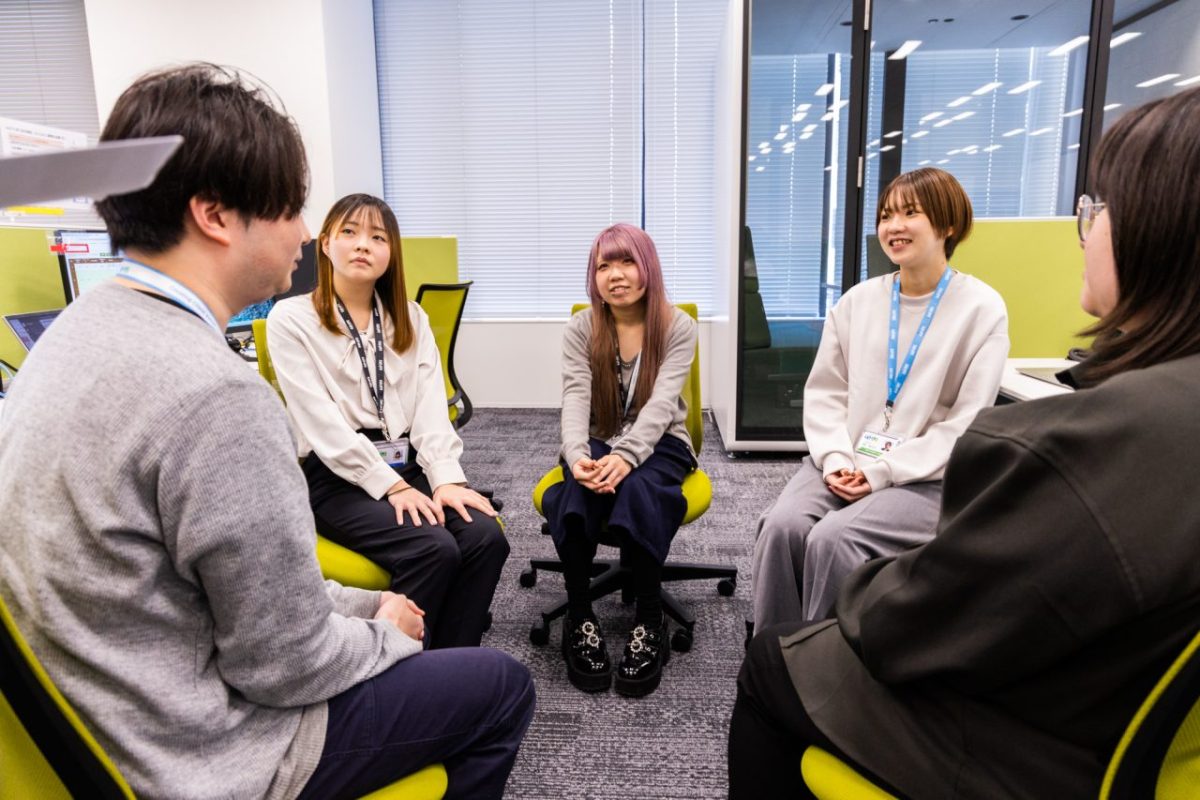The Art of Omotenashi: Why Japanese Customer Service Sets Global Standards
- Home
- Insights
- Articles
- Doing Business in Japan
- The Art of Omotenashi: Why Japanese Customer Service Sets Global Standards

Whether stepping into a high-end Tokyo department store or a neighborhood convenience store, the level of customer service in Japan stands apart. This is omotenashi—a uniquely Japanese approach to hospitality that goes beyond the conventional idea of customer satisfaction, creating a seamless and thoughtful experience at every touchpoint.
In Japan’s $4.2 trillion economy, omotenashi isn’t just a service philosophy—it’s an integral part of the culture, setting a global benchmark for customer experience. For Western brands looking to succeed in Japan, understanding and embracing this mindset isn’t just an advantage—it’s essential—a cultural imperative.
The Four Pillars of Exceptional Service
At its core, omotenashi represents a hospitality mindset that anticipates and addresses customer needs before they are expressed. This approach is based on four fundamental principles that set it apart from Western service models.
The first principle is anticipation—carefully observing customers and understanding their needs before they even express them. Rather than simply reacting to requests, the goal is to create such a seamless experience that customers never need to ask.
The second is attentiveness, reflected in meticulous attention to detail and a sincere commitment to customer comfort. This goes beyond superficial politeness, demonstrating genuine care for the customer’s experience.
The third pillar is selflessness, where the focus is entirely on the customer’s experience rather than the company’s convenience or agenda. Every interaction is centered on what the customer wants, with the company’s role being to fulfill those needs seamlessly, without drawing attention to the effort behind it.
Finally, omotenashi treats hospitality as an art form, one that requires continuous refinement and mastery. It’s not about simply following a service manual; it’s about constantly perfecting the craft of customer care.
The Continuous Cycle of Excellence
In practice, omotenashi is an ongoing cycle of thoughtful service. It begins with meticulous preparation, followed by proactively understanding customer needs and delivering a seamless experience. It concludes with relationship-building follow-up, only to begin again with the next interaction.
A great example of this in Japan is Starbucks. Beyond offering seasonal drinks like sakura lattes, they have embraced omotenashi in every aspect of their business. Their stores incorporate Japanese design sensibilities, their service aligns with local expectations, and they actively engage with communities through local events and collaborations with artists.
Where Tradition Meets Technology
Japan’s approach to customer service is particularly fascinating because it blends ancient hospitality traditions with cutting-edge technology. Today’s omotenashi often involves AI-powered chatbots that provide 24/7 support while maintaining the personal touch that Japanese consumers expect. Mobile-first approaches recognize Japan’s high smartphone usage, while advanced recommendation engines consider everything from browsing history to seasonal trends in creating personalized experiences.
Loyalty programs in Japan go far beyond simple point collection systems. They offer sophisticated, tiered benefits with exclusive rewards and unique experiences tailored to individual customer preferences. These programs demonstrate how technology can enhance rather than replace the personal touch that defines omotenashi.
Generational Evolution of Service Expectations
Consumer behavior in Japan varies across generations. Younger generations, including Gen Z and Millennials, have embraced digital shopping channels and value sustainability. While they are more price-conscious than their parents, they remain unwilling to compromise on quality and service standards.
In contrast, older consumers (Gen X and Baby Boomers) prefer traditional shopping experiences and established brands. However, the pandemic has accelerated their shift toward digital platforms, creating an intriguing blend of old and new shopping behaviors.
This generational divide highlights the need for businesses to maintain excellence across both traditional and digital service channels.
Modern Japanese consumers demonstrate sophisticated shopping behaviors that bridge online and offline worlds. “Webrooming” – researching products online before purchasing in physical stores – and “showrooming” – examining products in-store before buying online – are common practices. This hybrid approach demands consistent service excellence across all channels.
The Business Impact
For companies operating in Japan, omotenashi sets exacting standards. Delays aren’t tolerated, and formal, respectful behavior is essential in every interaction. Excellence must be consistent across all touchpoints, from in-store service to digital platforms.
This commitment to service excellence has profound implications. Japanese consumers conduct extensive research before making purchases and rely heavily on reviews and recommendations. Once trust is earned, however, they tend to remain loyal customers. This makes the initial investment in service quality crucial for long-term success.
Moreover, the Japanese emphasis on group harmony shapes consumer decision-making. Before major purchases, many Japanese consumers consult extensively with friends and family, making positive service experiences crucial for building word-of-mouth recommendations.
Looking Forward
As global businesses increasingly recognize the value of exceptional customer experience, Japan’s omotenashi principles offer valuable lessons. While not every aspect of Japanese service culture can or should be replicated in other markets, its core principles—anticipation, attention to detail, selflessness, and continuous improvement—serve as a strong foundation for enhancing service standards globally.
For companies considering entry into the Japanese market, understanding and embracing omotenashi isn’t optional – it’s essential for success. In a market where consumers expect excellence as standard, only those businesses willing to commit to these principles will thrive.
In an era where customer experience increasingly determines business success, Japan’s art of omotenashi offers a masterclass in service excellence that businesses worldwide would do well to study and adapt.
Related Insights
Expand Your Business in Japan Today!
Unlock growth opportunities in the Japanese market with our expert support. Contact us to explore how we can help you succeed.







